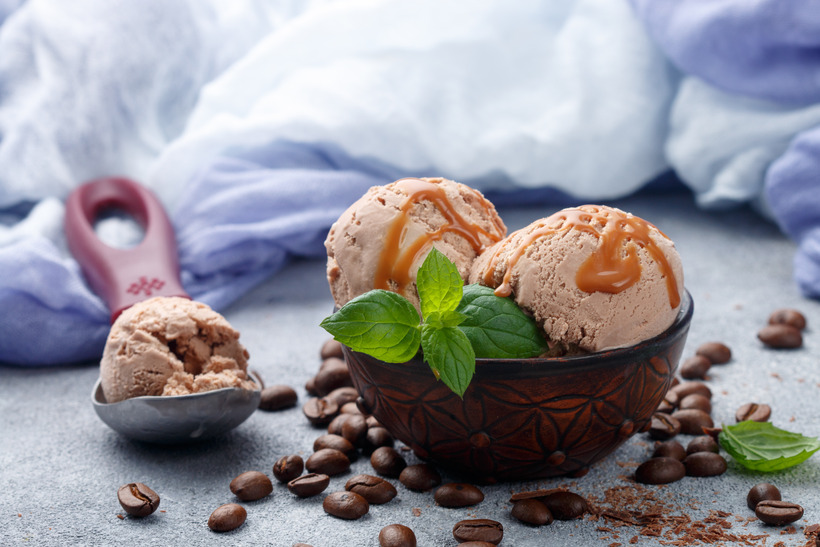31 July 2021
How Is Yoghurt / Curd Processed ?

What is Yoghurt or curd (dahi)?
Dahi is a popular Indian fermented milk product known since Vedic times. Synonyms of dahi are yoghurt, zabady, jugurt, laban, etc., but the most popular name is yoghurt. Milk is fermented with certain microorganisms to create yoghurt. It tastes sour and is thick in texture. It is a common breakfast or snack that we can eat. It has beneficial bacteria that are good for our stomach. so it can be consumed either plain or flavored.
Fermentation development for curd/yoghurt?
The art of fermentation was developed by mankind for the preservation of food, but soon they realized the number of other perks of fermenting milk.
The market volume of fermented milk products is increasing rapidly because of the functional value of the product along with nutrition & energy.
The growth of non-alcoholic beverages is accelerating the value of milk-based fermented products.
Production of curd (dahi) and fermented milk needs special care because they are living and are very sensitive.
The quality of the product depends largely on cultural behavior and is greatly affected by physical, mechanical, & environmental factors. The best quality laban can be prepared with milk having 14.5 to 15.0% TS.
The equipment and processing lines that are used for handling curd (dahi) and fermented milk must have a hygienic design for effective cleaning, sanitation, and contamination control.
As live organisms are desired in the product, we cannot use harsh treatments to control unwanted or spoilage bacteria & gentle handling appliances that do not cause stress and strain to the gel.
What are the manufacturing and processing methods of yoghurt/curd?
Heating the Milk: The milk must first be heated to destroy any potentially dangerous bacteria and alter the protein structure, which aids in producing the right texture.
Storing the milk: After heating, the milk is cooled to room temperature, or roughly body temperature, to make it acceptable to add the starter culture.
Adding Starter Culture: A tiny quantity of live yoghurt containing active bacterial cultures is added to the chilled milk as a starter culture. Yoghurt is made when these bacteria ferment milk. Homogenization is a desirable process in the pasteurization line for getting better-quality dahi.
Blending and Fermenting: The milk is fully combined with the curd culture. After that, the milk-culture mixture is put in a warm area to ferment. To maintain a constant temperature, cover the container with a blanket or towel to create a warm environment. For fermentation, a temperature range of 110°F to 115°F (43°C to 46°C) is ideal.
Fermentation: The starter culture-infused milk is allowed to ferment at room temperature for a few hours. During this period, the bacteria break down the lactose in the milk to produce lactic acid, which thickens the mixture and adds a sour flavor to yoghurt.
Verifying Completion: The curd is tested for consistency and flavor following the incubation time. It should taste sour and have a thick, creamy texture.
Selective Restraint: For those who would rather not have too much whey in their curd, there is a thicker version called "strained yoghurt" or "Greek yoghurt." This stage is up to the individual and is optional.
Chilling and Holding: After the yoghurt reaches the right consistency and flavor, it is chilled and refrigerated to stop the fermentation process and preserve its freshness.Dahi/yoghurt is stored in a cold room below 6 °C.
The Best Manufacturer of Curd and Milk-Related Products in India?
GOMA Process Technologies can offer a complete curd (dahi) or yoghurt processing plant on a turnkey basis. Our processing equipment includes milk receiving units, filtration/clarification, standardisation equipment along with fermentation/incubation tanks, pasteurisation, homogenization, and filling machines (semi-automatic, automatic in both rotary & linear) capacity varies from 1200 CPH -6000 CPH along with incubation, blasting, & cold rooms.
We have plentiful experience & good practices in the design, manufacturing, and installation of energy-efficient and sanitary products.

